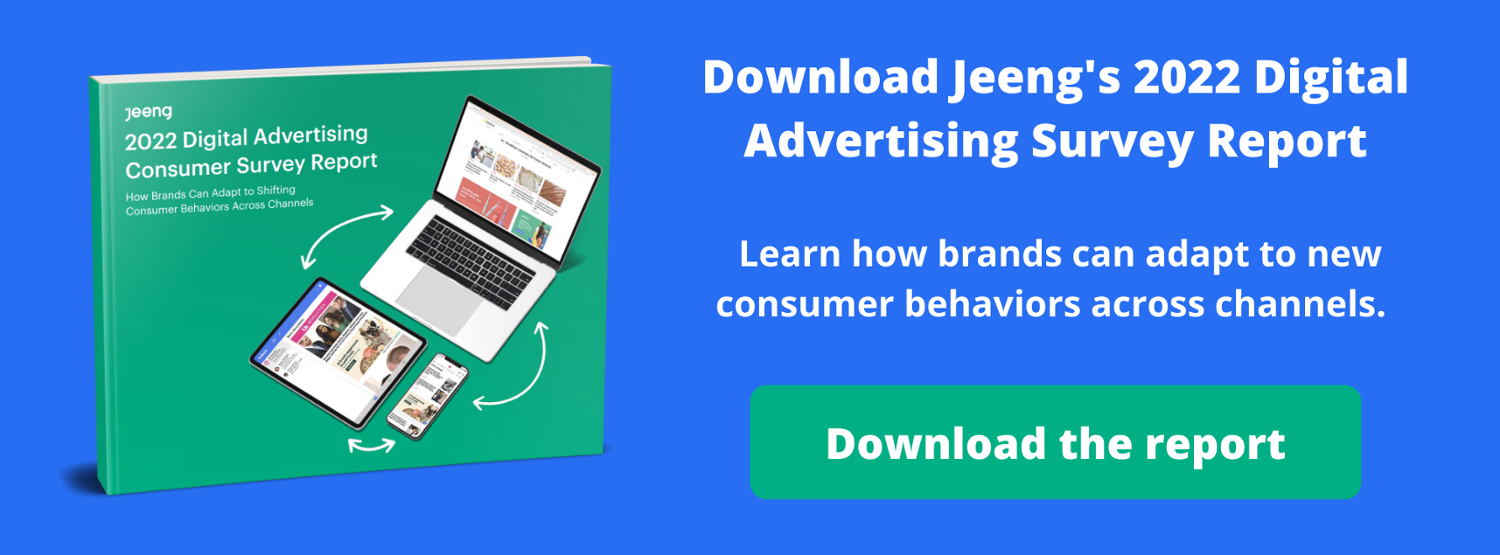Digital ad spend is on the rise and set to exceed $300 billion by 2025. In fact, 2021 alone saw a 38% increase in ad spend from 2020, proving that the industry is still booming even in the wake of the pandemic.
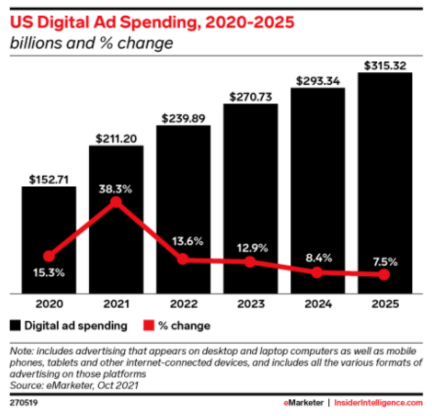
The question is: Where should advertisers be spending that money?
Now that third-party cookies are going away and consumer trust is dwindling, advertisers need to branch out from their standard distribution platforms. Meaning, they have to find one-to-one channels that are built for nurturing long-term relationships and taking control of owned data. As IAB and PwC recommended, “diversify strategies to take advantage of the new portfolio of approaches to privacy and addressability.”
Enter: email — a trustworthy, personalized, opt-in channel that’s being used by more consumers than ever.
According to Jeeng’s 2022 Digital Advertising Consumer Survey Report, a growing percentage of people are paying for subscriptions to digital publications and emails.

Publishers have also seen a nearly 2X increase in email readership, with 77% of U.S. adults checking their email several times a day. That means advertisers have a major opportunity to reach these email-hungry audiences with personalized, relevant ads that match their content experiences.
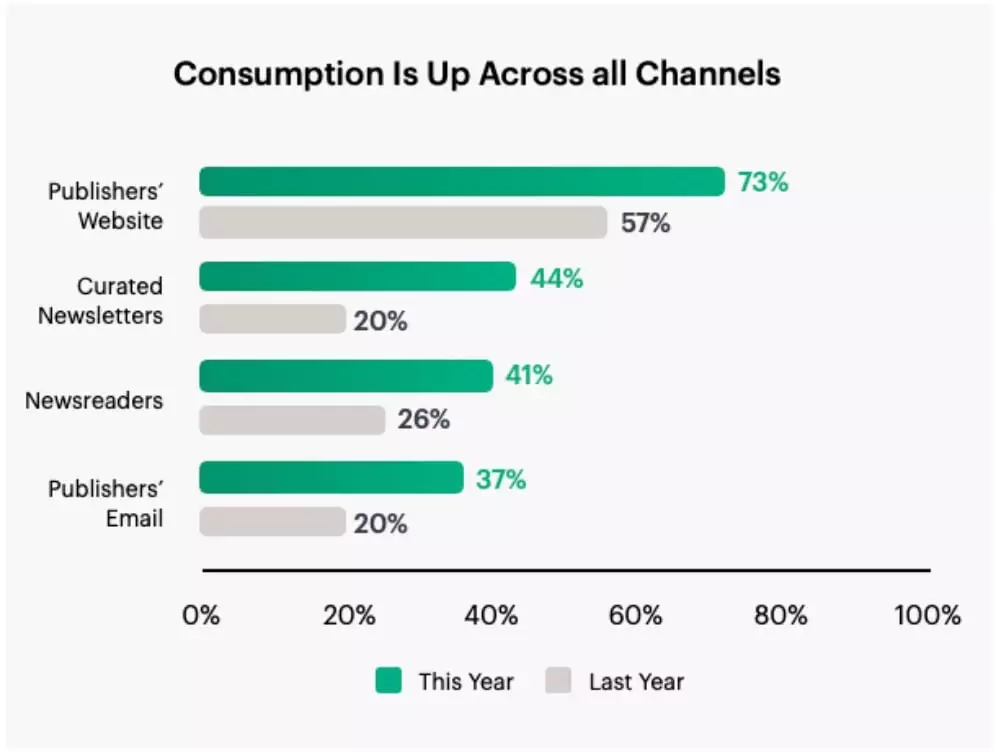
How can you make that happen?
That’s where this guide comes in. We’ll break down the key types of email advertising, best practices for building your campaigns, and steps for getting started with advertising in email.
Here’s what you need to know.
4 types of advertising in email
One of the biggest benefits of email advertising is that it comes in many forms. That means advertisers can build customized creatives that integrate seamlessly into different types of publisher newsletters.
Specifically, here are four common types of email ad formats:
- Display ads. These are banner ads that show up above the fold, in the middle of, or at the bottom of emails.
- Native ads. These ads match the form and function of their surrounding content, fitting into the user experience instead of disrupting.
- Text ads. Also called affiliate ads, these ads show up as text with direct links in an email newsletter, inviting readers to click through to a landing page or product page.
- Sponsored content. Sponsored emails are essentially paid for by advertisers, with a disclaimer at the top that might say, “Brought to you by” or “Sponsored by.”
- Dedicated sends. These are emails that are sent out to a publisher’s database but the content is completely created by an advertiser. The entire email real estate is “dedicated” to the brand.
This email from Bloomberg Technology, for example, is sponsored by Gurobi Optimization:

It’s also important to understand that email advertising is different from email marketing.
Email advertising is the process of launching paid campaigns in email, while email marketing involves launching organic emails. So, an email newsletter is an example of an email marketing campaign but a native ad within that newsletter is an example of email advertising.
Why brands need to allocate more budget to advertising in email
Speaking of that ad spend, there are many concrete reasons why advertisers should be investing in email campaigns.
Here’s why:
- 98% of U.S. adults check their email at least once a day — up from 90% in 2020. Email is also consumers’ preferred channel for receiving real-time alerts. That means they’re paying attention and looking for timely, relevant content.
- Almost 70% of consumers say they will click on an email newsletter ad if it’s interesting and personalized to their interests.
- Email is home to one of the most valuable pieces of first-party data: the email address. By running email campaigns, advertisers can gather this data, which they can then use to better understand, track, and target their audiences going forward.
- Advertisers can use email to establish trust, since it’s an opt-in channel. Trust is in short supply these days, especially on social media channels. Among those who say they get news from Facebook, only 1 in 5 say the social network is very trustworthy, and almost 40% say it’s not trustworthy at all.
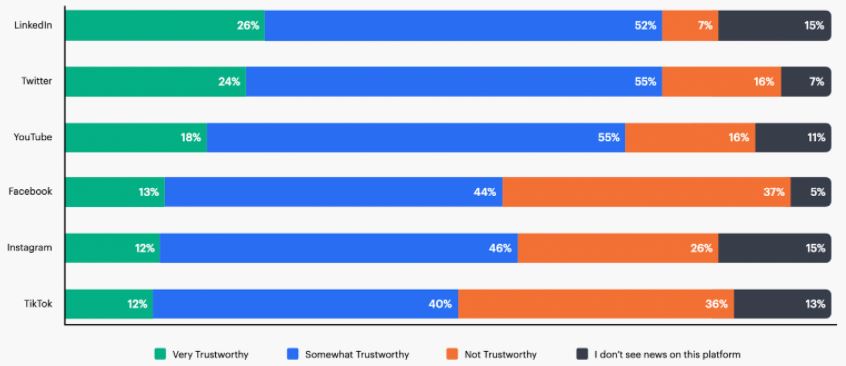
Done right, email advertising can also help businesses reach potential customers, and improve and establish brand recognition across touchpoints.

How brands can find emails to advertise in
So you know you need to launch email ads. But how do you actually find the right publishers and newsletters to help you distribute those ads?
The short answer is: marketing automation platforms.
The right digital marketing platform will use advanced technology like artificial intelligence (AI) to automatically match your campaigns with relevant audiences and publisher content. This way, advertisers can reach target audiences across specific verticals, driving performance, engagement, and revenue.
Jeeng, for example, offers advertisers access to our exclusive selection of premium publishers. So you can tap into a platform that produces more than 15 billion emails per month, 150 million unique customers, and 7.5K newsletters.
Best practices for advertising in email
There are many best practices advertisers can use to increase the performance and results of their email campaigns.
For example:
- Personalize your content. According to our survey, half of consumers want email content and ads to be customized to their interests — up from 42% in 2020.
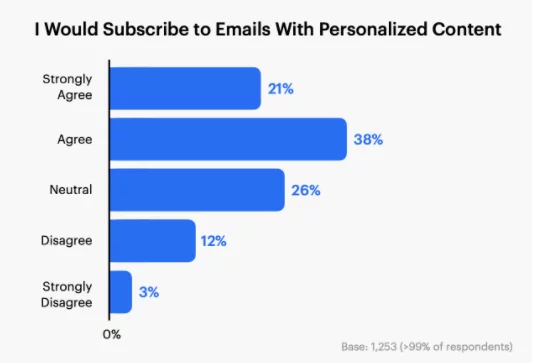
- Target millennial audiences. More than any other generation, millennials are opting to engage with personalized and real-time emails. In fact, over 60% want emails to be personalized to their preferences — compared to just 8% of Baby Boomers.
- Track the right email advertising metrics. Depending on your campaign goals and creatives, you might measure clickthrough rate, share rate, conversion rate, bounce rate, and return on investment.
Steps for brands to get started advertising in email
Getting started with email advertising doesn’t have to be difficult. With the right tools and strategies, advertisers can make email a cornerstone of their advertising mix.
Just follow these steps:
- Find a marketing automation platform like Jeeng, which has built-in relationships with trusted publishers.
- Upload your campaign creatives and first-party customer data.
- Let the platform match your criteria with publisher audience segments based on key demographics and behaviors.
- Automatically launch real-time, personalized email campaigns to the right people at the right times.
- Measure campaign results and optimize for future success.
Download our 2022 Digital Advertising Consumer Survey Report to learn more about building personalized and engaging email campaigns. And if you’re already to get started, contact us and we’ll help you get set up.
